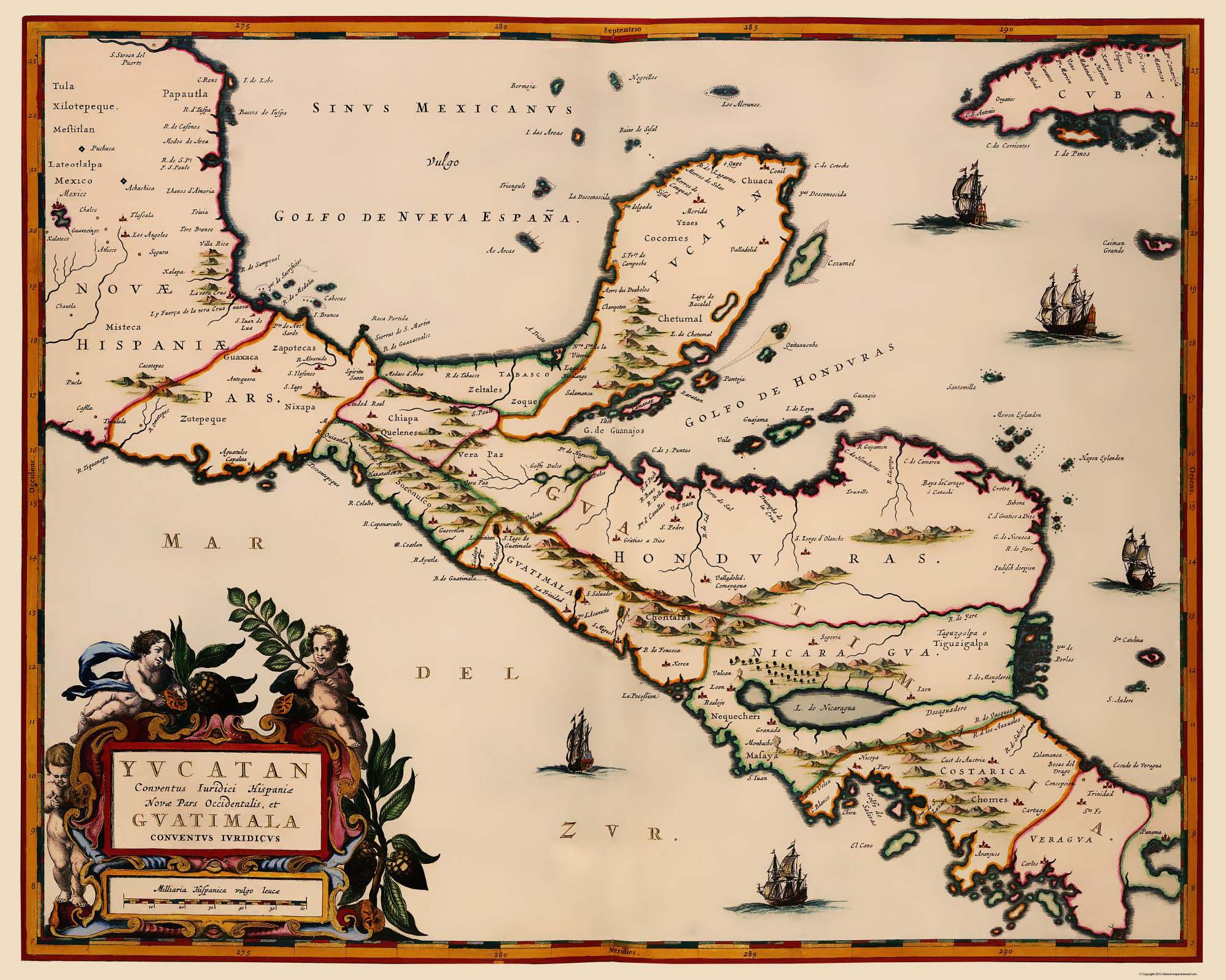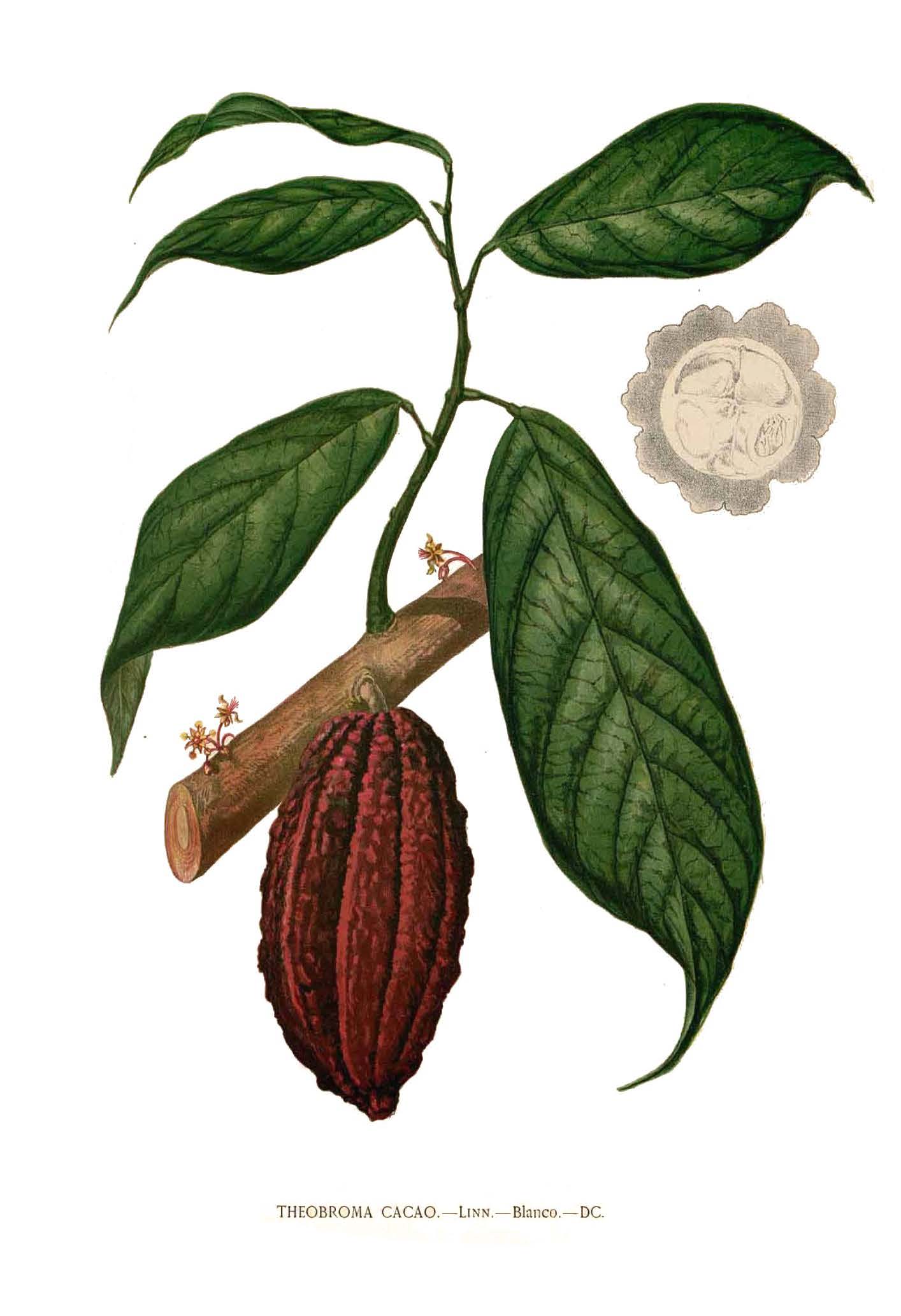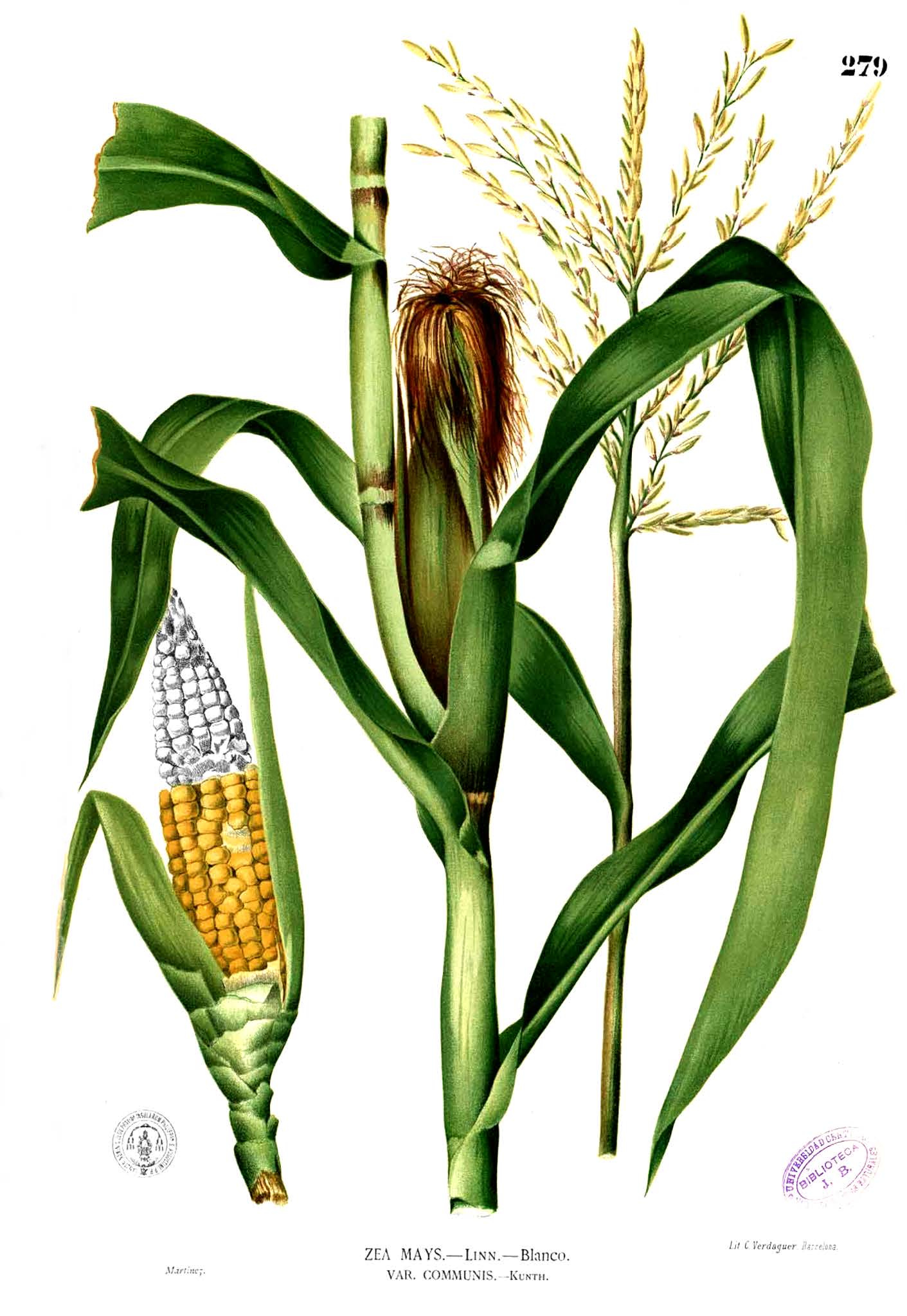Production, cultivation, trade and mobility During the sixteenth - XIX
During the pre -Hispanic era (s. IX d. C.), proliferated in the zone salt production due to its proximity to the region coast Archaeological vestiges allow arguing about their importance within the commercial area between the current territory of Guatemala Towards El Salvador, both on the coastal side, as for the immense slopes that form the coast southwest of the current Salvadoran territory, south of Mesoamerica.

Map of New Spain, Yucatán, Guatemala and Honduras during the colonial era.
In the colony, the current Salvadoran territory, was part of the kingdom from Guatemala. During the first half of the s. XVI, was segmented in villas and cities. In 1542 the Guatemala audience was conceived (Audience of the confines), starting from Mexico to Panama that was based on the economic system of "parcels" with resources that proliferated in specific regions, under the mandate of Comenderos (Europeans) and Tax (indigenous). For that time, the Huizúcar region was known as "içuca" or "yçuca", where local indigenous people tribute cotton, fish, clothes, salt and corn, chickens, wax and honey.
In the first half of the s. XVIII, with the Bourbon reforms, it was established The "Intention Regime" and the then Intendance of San Salvador had a political-administrative division formed by the parties of San Vicente, San Salvador, San Miguel and Santa Ana, with their respective subdelegates in Chalatenango and Zacatecoluca.
In 1770 Archbishop Pedro Cortés y Larras mentioned "Güisucar" As part of the curate of San Jacinto, province of San Salvador prominent for its important agricultural activity. In 1807 during execution of the population census of the province of San Salvador, then Intendant Corregidor Don Antonio Basilio Gutiérrez y Ulloa, stands out The production, treatment and cultivation of cocoa, xiquilite or indigo, cotton, beans, corn, fish and the precious balm, which is why It was called "Balm Cordillera", whose export reached The confines of the Viceroyalty of Peru due its quality.
In 1821, the existence of species of trees with commercial value was recorded, such as: loquat, cedar, mother cocoa, mahogany, salamo, quebracho, Flying, among others. In addition to fruits such as orange, pineapples from Castilla, Limas, bananas, mangoes, guineos and cane. By the end of s. XIX, the statistical data corresponding to the “ Aguardiente ”of 1881, Huizúcar shows considerable consumption of brandy and tobacco, supplies of which they enjoyed different Sectors of the town.


